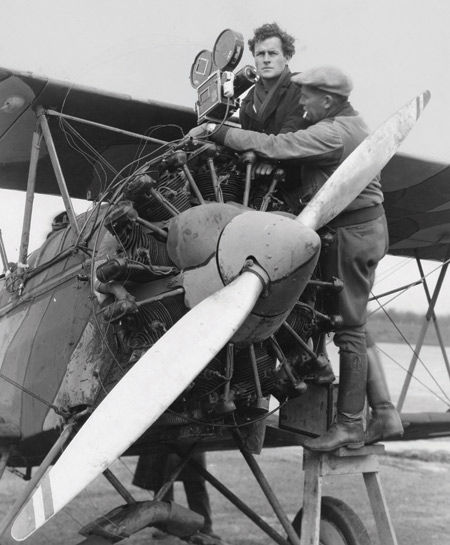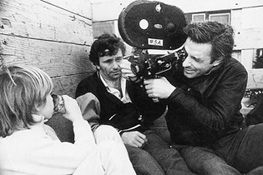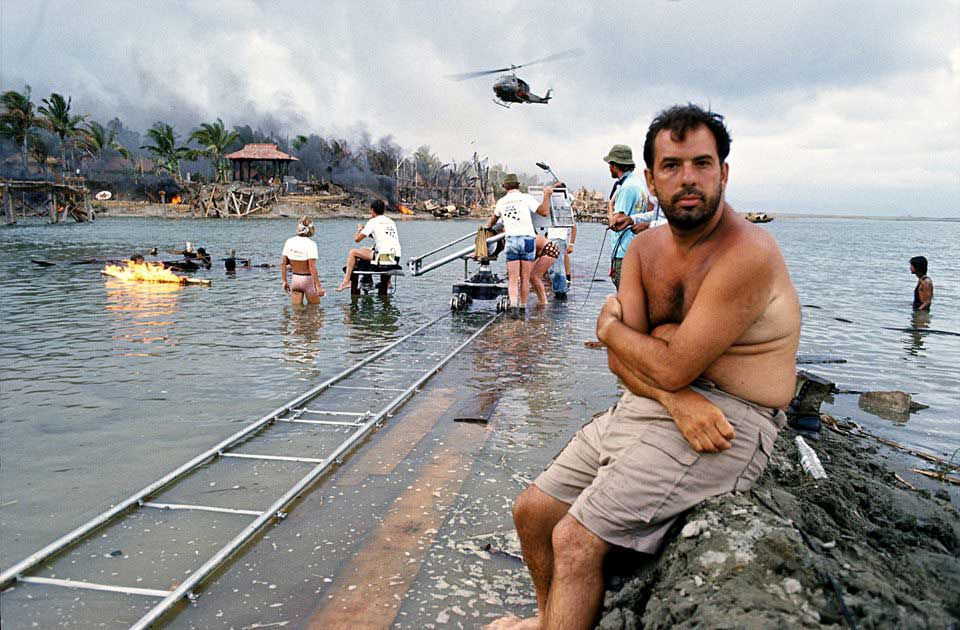Must Think of the Circumstances Surrounding a Film
- Adam Carr

- Feb 24, 2022
- 4 min read
It is often said on the set of a movie in the middle of production that the problems that arise from the production don’t matter. It’s what shows up on the screen that counts.
To a point, they are correct. An audience should be locked into the story. Films rely on the audience’s suspension of disbelief and when the movies are responsible for shattering that it ruins the whole cinematic experience. Some low budget films can make a person falling out of a building as realistic, albeit more creatively, as a big budget production. An audience knows from the first frames of the movie what kind of production it is and accepts it for the story that’s being told.

William Wellman
I believe it is important and would even go so far as to say imperative for an audience to know something of a film’s creation to get the full joy out of the experience. How so? The same as if we learn from where a wine is made and from what grape and what year so we can determine whether there was a drought at that time or too much rain. These elements effect the flavor of the wine. Each of these tastes adds its own staple to the type of wine we drink and we register these facts whenever we choose a glass.
The same can happen to movies. Our aesthetic pleasure in watching a particular film could be enhanced by the knowledge of its history. In the early 1900’s, during the silent era, I think of the people. How those people live in one room apartments with the only amenity being a window. But what was there to do when the sun went down? Radios, television or electrical lights weren’t as common as they would be several decades later. Imagine in this environment going to a nickelodeon and watching the first film capture by a camera. How the images coming to life must have exploded one’s imagination. It is exciting to watch that early film of the crowd gathered in a room with a screen showing train tracks and passengers awaiting the arrival of the train. Well the train arrives but people in the audience flee seeing this train headed right toward them. Without any knowledge of when this film was taken or who these people are the piece just seems silly but there’s an added exciting emotional dimension when knowing these witnesses were there during the dawn of the cinematic age.
Watching “Wings,” the first winner of the Academy Awards, and knowing that the director William Wellman, who flew planes in World War I, wanted to make the dog fighting scenes authentic so he went up with a camera man and film those aerial fights “live.” Watching these actors having to “act” while flying and getting their planes to “perform” must have been quite trying on the nerves but it makes for an incredible piece of cinema. Or knowing that Wellman shared life and death experiences with fellow soldiers and showed the first on screen kiss between two men to show what brotherly love and affection was for men who relied on each other for survival.

John Cassavetes
What about John Cassavetes films? Knowing his mind was focused on acting and wanting to explore and stretch the limits of his craft while understanding that no profitable minded producer would give him money for his ventures helps explain the chaotic mosaic on the screen. He bought a 16mm camera, got a bunch of acting friends together and shot his movies guerrilla style. Emphasizing the acting over the other departments- cinematography, art direction, costumes- makes them more interesting adding to the uniqueness of the movie. The whole production creates an aura around Cassavetes films. It becomes a stripped down, bare bones raw exposure to the craft of acting that makes these films thrilling.

Francis Ford Coppola
And then there’s Francis Ford Coppola’s “Apocalypse Now” which has been released for a third time as it was once again re-edited. This film will be on another blog about the art of editing but this passion project’s history makes for interesting viewing. Coppola wanted to redo Joseph Conrad’s “Heart of Darkness” and set it with the Vietnam War as a backdrop. It was Coppola’s statement on America’s involvement in the war and he financed it himself with the millions he made from Godfather Part II. The first inclination of trouble is when he asked mentor Roger Corman on advice about filming in the Philippines and Corman’s response was, “don’t go.” It wasn’t heeded.
In the Philippines production hit a big snag when typhoon season rolled in damaging locations and equipment. Helicopters borrowed from the military had to be taken back whenever skirmishes were reported and the drug use of actors and the erratic behavior of Marlon Brando all lend to uphold the legend of the film. But its finished product is a tribute to the visualization, determination and mastery of Coppola himself. The film is a masterpiece. And that a masterpiece could be produced in such a hostel stage adds to the visual flavor of the work.
Everything we watch up on the screen from these films may not be clean. But the rough edges add some spice. The audience should know where those rough edges come from. A film is nothing without the basic ingredients of good storytelling but a bit more spice adds flavor to any experience and the same can be said for films. Knowing that the labor was meet with obstacles overcome or risks getting visuals or exteriors stripped away so that the performance can shine through adds nuggets of joy and enriches any viewership of cinema.





Comments